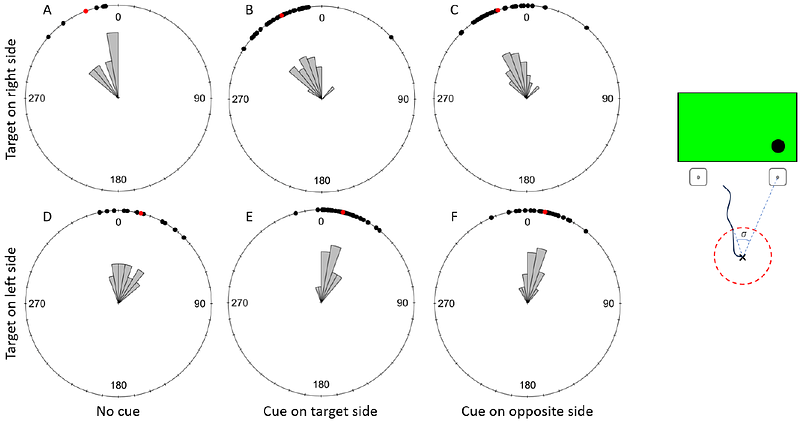Testing bottom-up cuing effects on target detection and discrimination in Bumblebees

Testing bottom-up cuing effects on target detection and discrimination in Bumblebees
Robert, T.; Callendret, M.; Sowels, C.; Nityananda, V.
AbstractAttention in vertebrates helps prioritise the processing of important sensory information and filter out irrelevant signals. The capture of attention by sudden or salient stimuli typically called bottom-up attention. Little is known about similar attentional process in insects, although they should be advantageous for insects as well. We therefore adapted two paradigms used to investigate bottom-up attention in primates to investigate it in bumblebees: a target detection task and a target discrimination task. For both tasks, we trained bees to choose between two locations on each side of a computer screen and collect a reward bellow a full contrast target displayed on the screen. During detection task tests, the contrast of the target was varied and it could be preceded by a cue flashed on the side of the target, the opposite side of the screen or not flashed at all. The discrimination task tests were similar but with a full contrast target on one side and a variable contrast distractor on the opposite side of the screen. We tested if the presence of the flash influenced the orientation and choices of the bees as well as their contrast sensitivity as has been seen in primates. Our results show no effect of the prior cue, suggesting that other paradigms might prove more useful to test these processes in insects.